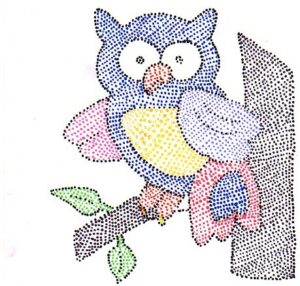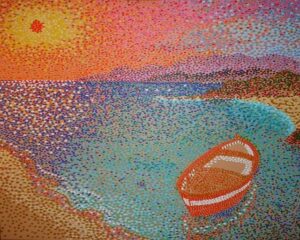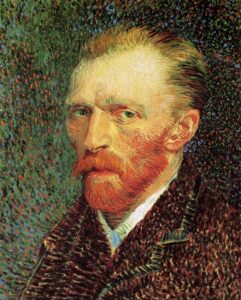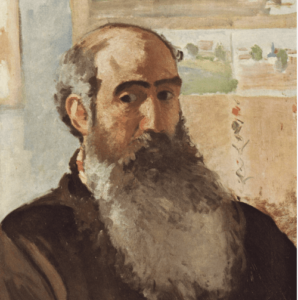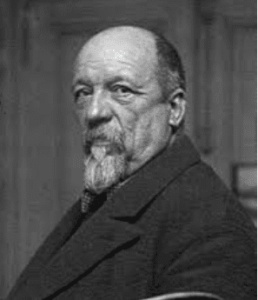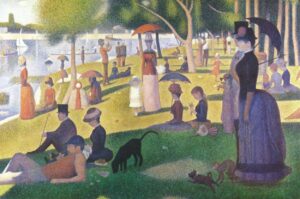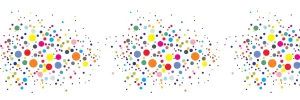Pointillism
Welcome to Pointillism.org, your primary online destination to explore the vibrant and meticulous world of Pointillism. We are dedicated to unraveling the beauty and complexity of this fascinating form of art, one dot at a time.
Here you’ll find a diverse and captivating gallery full of unique Pointillism artwork, each piece a testament to the incredible talent and patience required to master this technique. From detailed portraits to breathtaking landscapes, our Pointillism drawings invite you to get lost in a world of color and creativity.
But we don’t just skim the surface. On our website, we delve deeply into Pointillism, exploring its origins, its history, and its impact on the world of art. Our educational section provides you with a comprehensive guide on what Pointillism is, how it evolved, and how you can start practicing it yourself.
And if you’re looking to keep your finger on the pulse of the Pointillism community, our blog is filled with the latest news, trends, and tips on this exciting medium. We strive to be your reliable and thorough resource for everything related to Pointillism.
So, whether you’re an experienced artist seeking inspiration, a beginner eager to learn, or simply a curious art lover, we welcome you to Pointillism.org. Dive into the Pointillist world and discover the magic that can be created with just dots and colors.
What is Pointillism?
Abstraction, realism, Impressionism, Picasso’s blue period… One doesn’t need to be a great connoisseur of art to recognize some main characteristics of these techniques or artistic stages that have resulted in some of the most famous paintings in the history of art.
Something different occurs with Pointillism: students may have even done some related practice in their plastic arts subjects at school, but many famous works of Pointillism are not usually recognized unless there is a special interest in searching for them.
And yet artists like Van Gogh have used it in paintings that are a true icon of contemporary times; but they are not so much associated with the technique as in the aforementioned cases.
This, undoubtedly, is a complete mistake. And that’s because the technique of Pointillism has yielded numerous great works of art and there is a more than ample group of artists who have made history by working with this meticulous, imaginative, and original painting technique.
From the point of view of art criticism, Pointillism is defined as the way of creating drawings without strokes, without lines, but point by point. The combination of different colors, thicknesses, and textures of the points are used in favor of the final result, being able to create truly realistic images.
Pointillism, innovative and surprising, draws attention for the ability that artists have to create with this technique an atmosphere of dreaminess, unreality, or haze.
A Theory of Color
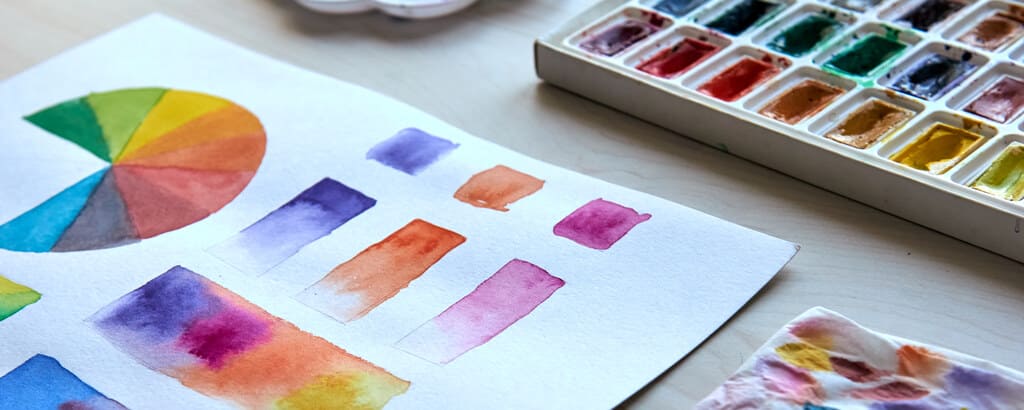
One of the highlights of Pointillism is that it is not only about creative ingenuity, but behind this way of making art hides an interesting theory about the use of color that will serve for later artistic studies.
This is where the concept of Divisionism takes on special importance, which is totally associated with the technique of Pointillism.
And that’s because in Pointillism the colors are not mixed on the palette to create others, but with the use of pure colors, well arranged and divided on the canvas, it can help the eye to perform an optical mixing of color.
This requires thought, reflection, and planning prior to working on the painting. The artist must think about how they will combine the colors and how they will integrate one point of color with another to generate those shapes or even sensations of light, shadow, and depth.
Instinct here is important, and also talent, but above all, the scientific work that will be behind each approach on the canvas gains importance. Knowing the relationships between one and another primary colors is essential to achieve those sensations that in other artistic styles are achieved with mixtures, the use of different techniques, or different materials.
Types of Pointillism and how to differentiate them
Artists related to Pointillism
What does the technique of Pointillism consist of?
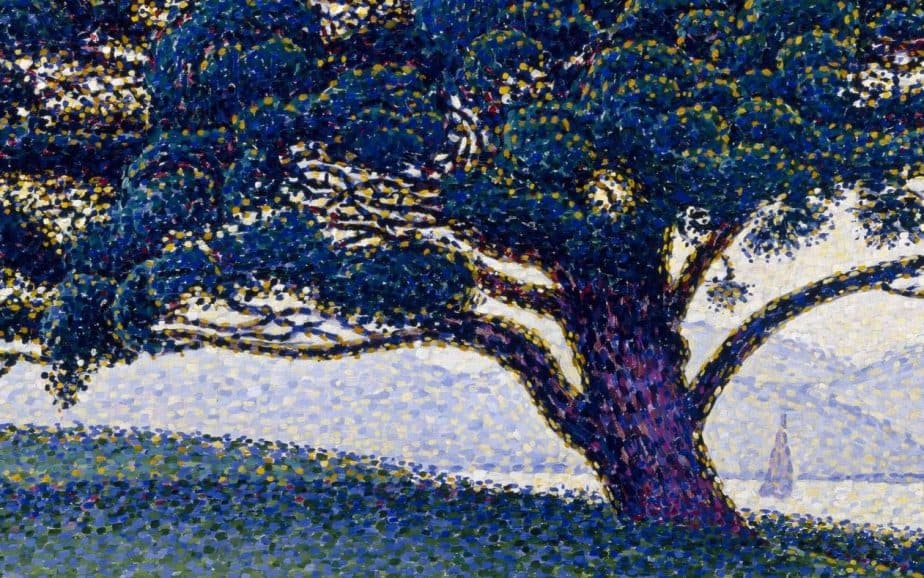
The technique of Pointillism is based on the ability of the eyes and the mind of the observer to combine color spots into a wider range of tones.
Pointillism is achieved through the sequencing of dots. Such final image viewed up close, is nothing more than a set of dots with tonalities, but viewed from afar or at a certain distance a spectacular visual effect is achieved.
To create this effect, each set of dots must be strategically located to give shape.
Where to learn the technique of Pointillism?
Nowadays there are specialized courses in this type of techniques where you can learn from scratch. On this website, we show you a free tutorial with the initial steps and materials you will need to get started in this beautiful and impressive art at the same time.
History of Pointillism
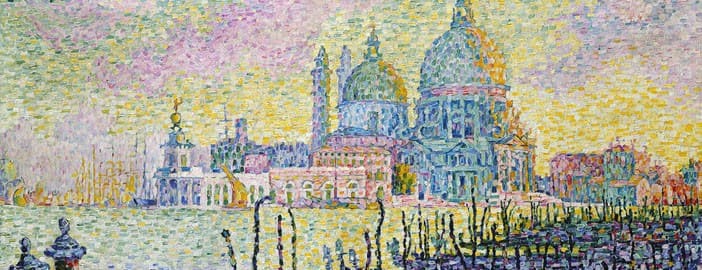
1886, That is the year marked as the beginning of the history of Pointillism. To understand its origins, one must review the biography of Georges Seurat, as the ‘Seurat Pointillism’ is the true beginning of this type of art.
In his experimental works, this neo-impressionist painter began to create chromatic divisions on the canvases; viewed at a certain distance, in these color divisions made with dots, some images could be seen.
This initial origin was refined to create works like Sunday Afternoon on the Island where, based on dots and dots and dots, Seurat manages to generate an absolutely clear image of about twenty people from romanticism spending a pleasant afternoon in the sunny lake of a countryside area.
The works related to Pointillism and the drawings that come from it give new life to certain techniques or options already obsolete for the world of art. In addition to creating some new ones:
Only primary colors are usually used, there is a special taste for order and clarity, these are paintings where movement is reduced to its minimum expression and there is a bet for a mix between realism and illusion that gives rise to paintings where bucolic scenes of fields and ports prevail and even circus postcards.
Most famous works of Pointillism
Perhaps Van Gogh is the most famous representative of Pointillism for the general public, although on many occasions people do not think of the painter’s works as representatives of Pointillism because in reality this famous artist managed to combine different tools to give his paintings life and movement.
Paintings like Starry Night, Olive Trees with Yellow Sky and Sun, and the self-portrait of 1887 are clear examples of the influence of ‘Seurat Pointillism’ on Van Gogh. The fact is that the painter from the Netherlands found in Georges Seurat a master and the inspiration to build worlds from dots and color lines.
Undoubtedly, Van Gogh’s work transitioned through many other styles in what has been called a clear post-impressionism, and in Van Gogh’s work Pointillism may be a minor stage, but it must also be highlighted for the importance it had for subsequent works of the artist.
In addition to Van Gogh as a famous ‘pointillist’ and Georges Seurat as the maximum representative and creator of the technique, the work of Paul Signac should be highlighted.
Signac was born in 1863 and died in 1935. He is the natural successor of Seurat’s work and introduces interesting changes that others will later take in their own creative work.
The most important, undoubtedly, is to transform Seurat’s precise dots into slightly wider brushstrokes, which helps to give greater dynamism and movement to the works.
A great theorist like his colleague, Signac is a profound connoisseur of color theories and applies them in his work with canvases. To the point of publishing a work, D’Eugène Delacroix au neo-impressionism, where he reflects the importance of the union between science and art and advocates for an artistic creation where technique and sensitivity join hands to create higher and more effective works.
Pointillism for printing
On this page, we show you a wide variety of Pointillism options for printing and drawing so that the only limit is your imagination.
Pointillism on stones is an increasingly common activity.
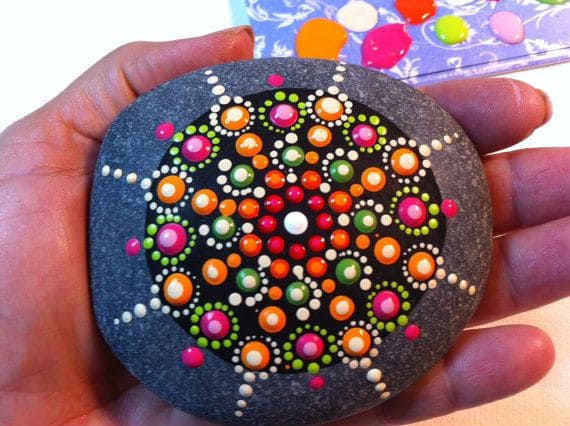
Nowadays, applying the technique of Pointillism on stones is becoming more common as they offer very beautiful and decorative results, besides they are very easy to do.
In this blog, we have the best recommendations for you to start practicing the technique on stones.
Musical Pointillism
Some composers transferred the conclusions of the pointillist method to the musical field. Just as the eye composes colors that are not there, the ear does the same, relates the separated sounds and interprets it as a melody.
This trend serves as a basis for the development and creations of musical images taking musical pixels as structure in the visual perception of an image. Taking into account the theory of chromaticism for the definition of color within the musical chromatic scale.
Pointillism Today
Due to its originality and marked characteristics, Pointillism, like other painting techniques, quickly went out of fashion: there were few opportunities to be original and therefore artists, in that stage of avant-garde effervescence, quickly moved on to something else.
However, due to its originality, the apparent ease of the technique, and other characteristics, Pointillism has always been used in other spaces related to art, but not so focused on the creation and sale of paintings.
If you want to know all these possibilities that Pointillism offers, you are on the right web portal.

Puntillismo paisaje

Puntillismo fruta



